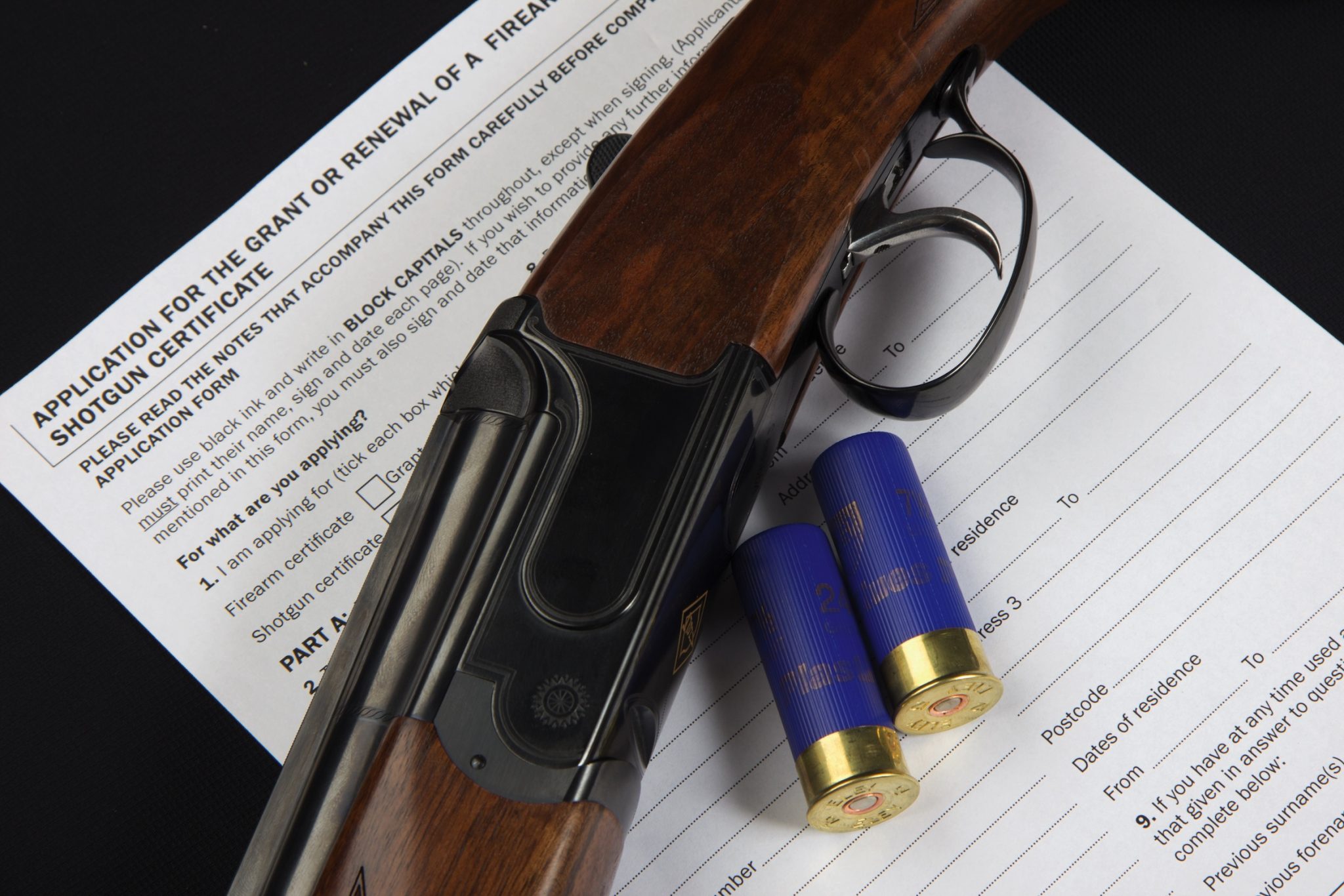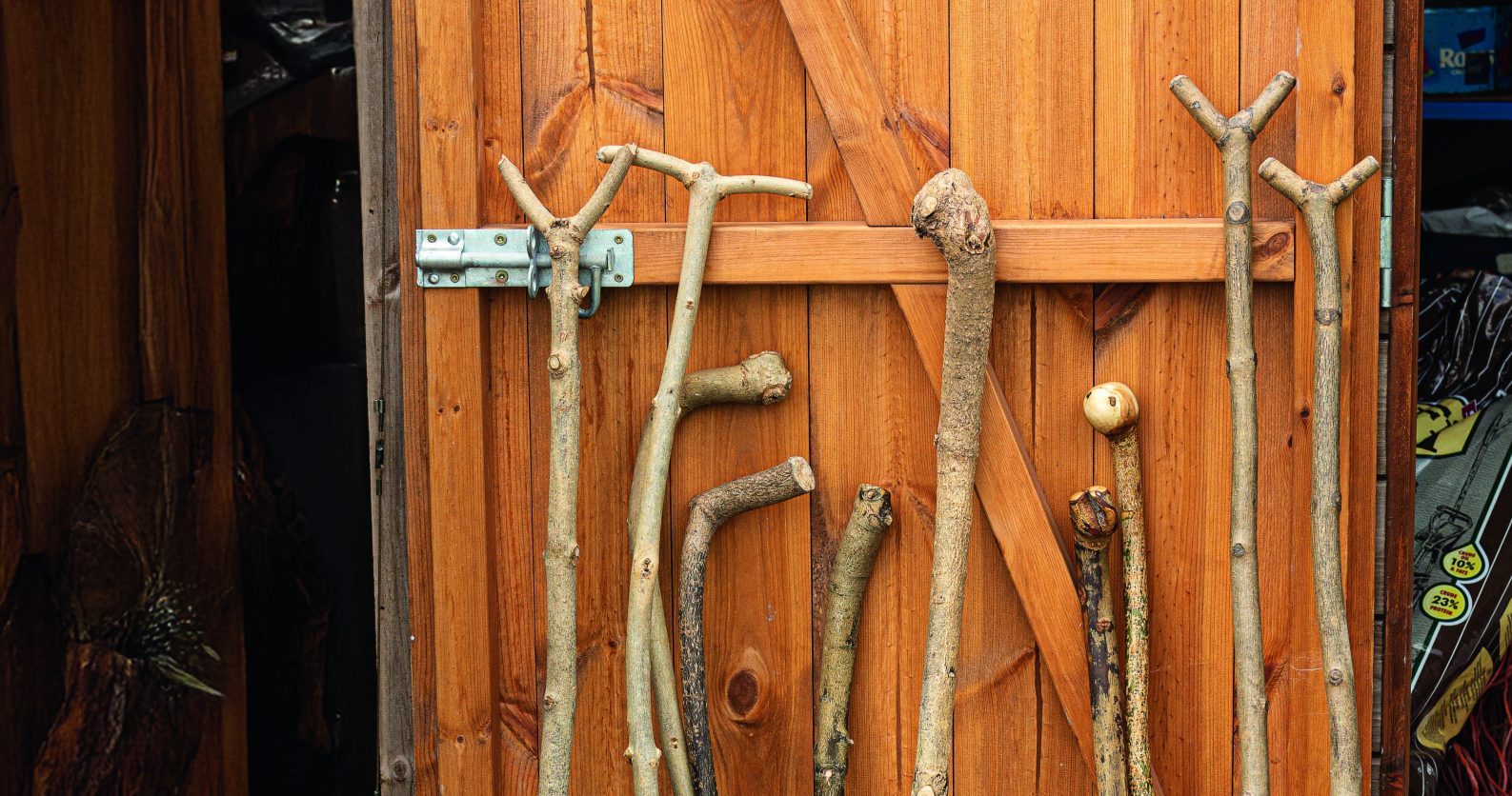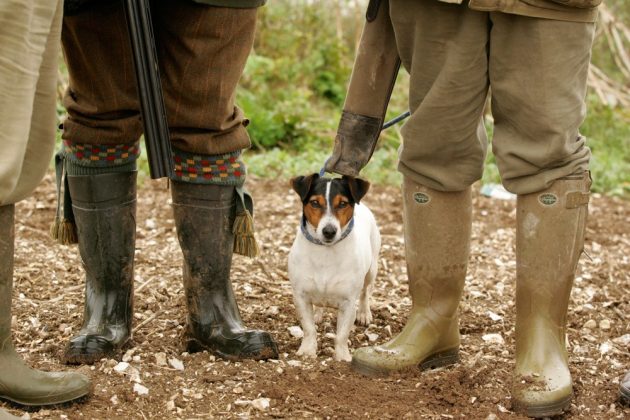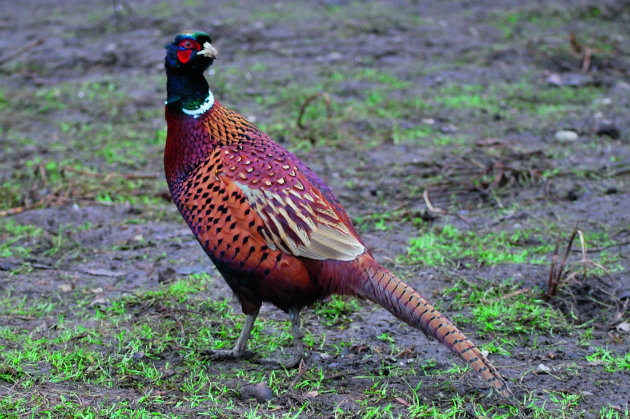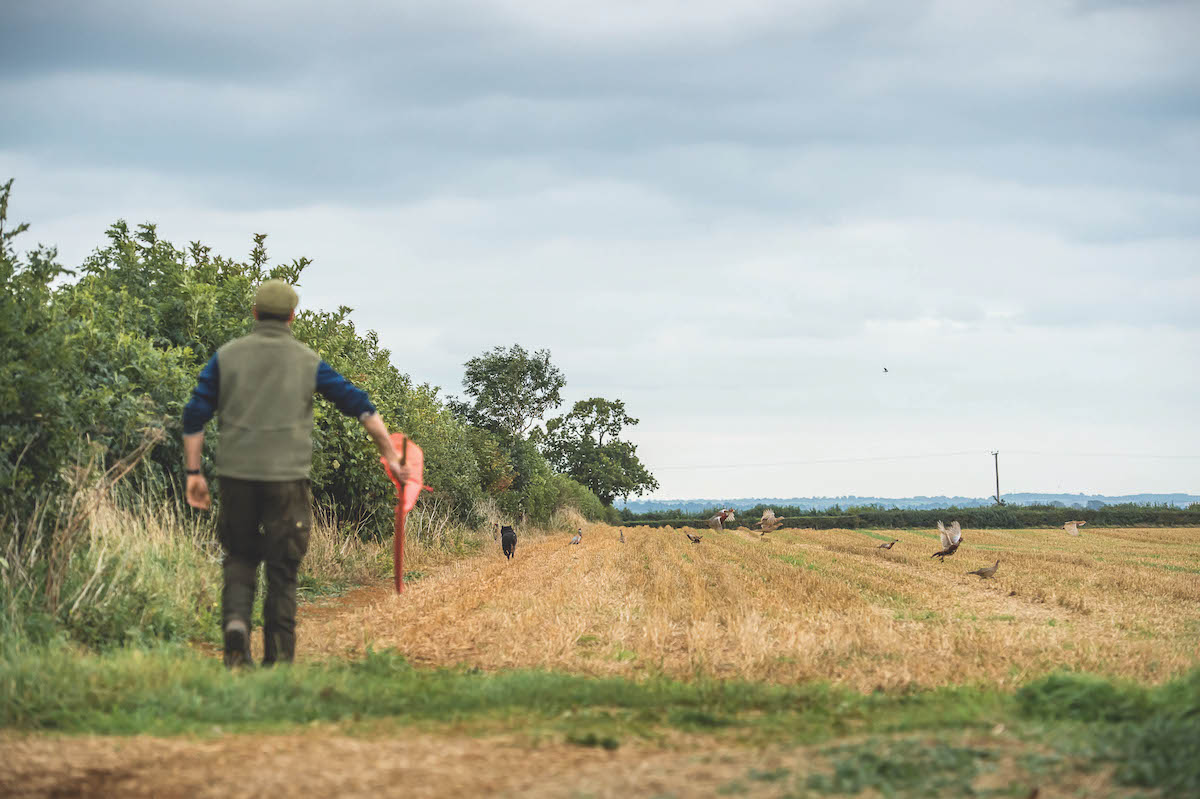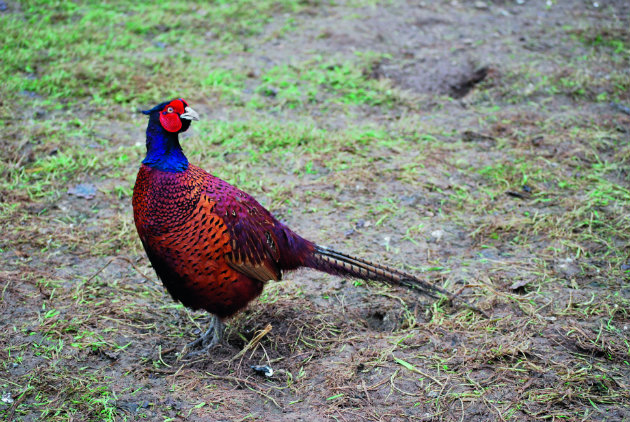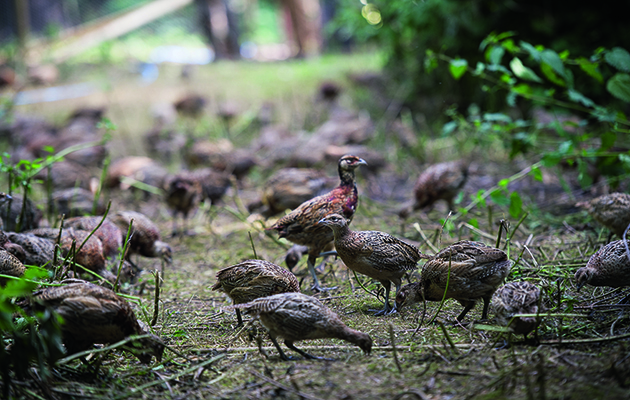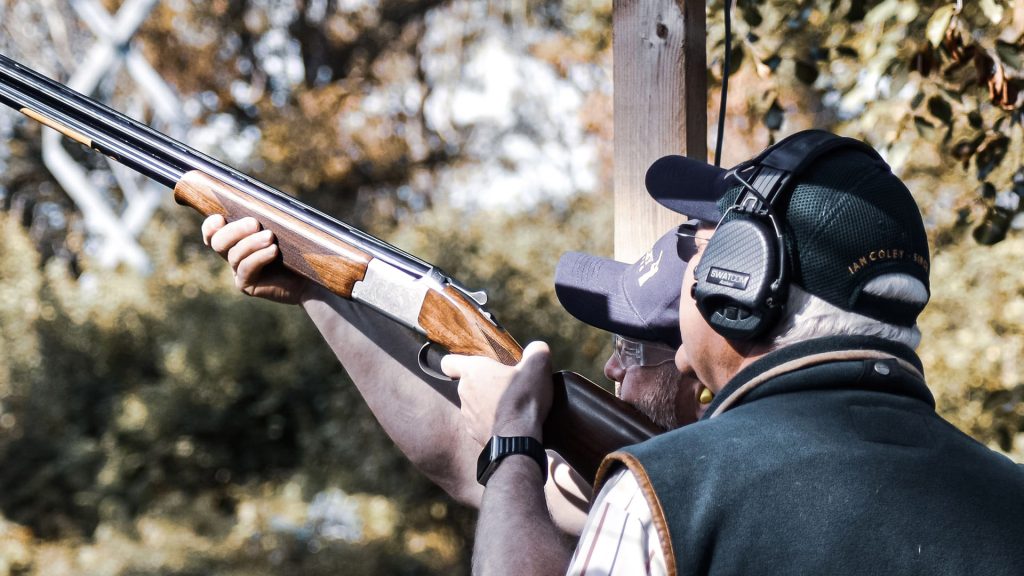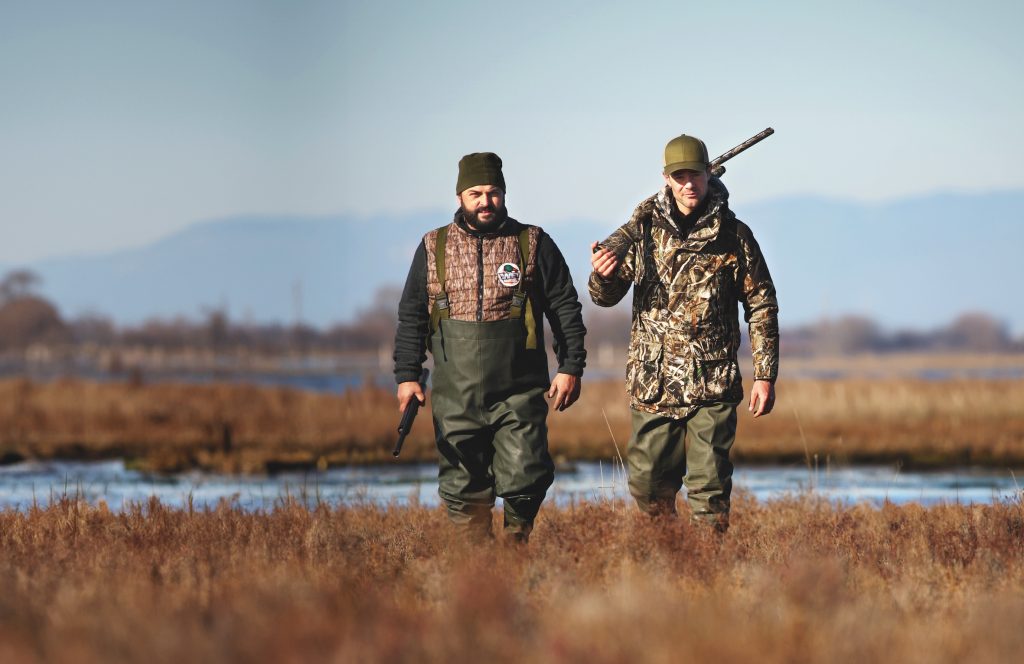Many DIY shoots are looking at ways of reducing costs, and one way of achieving that is rearing pheasants yourself.…
Win CENS ProFlex DX5 earplugs worth £1,149 – enter here
Is the pheasant the perfect gamebird?
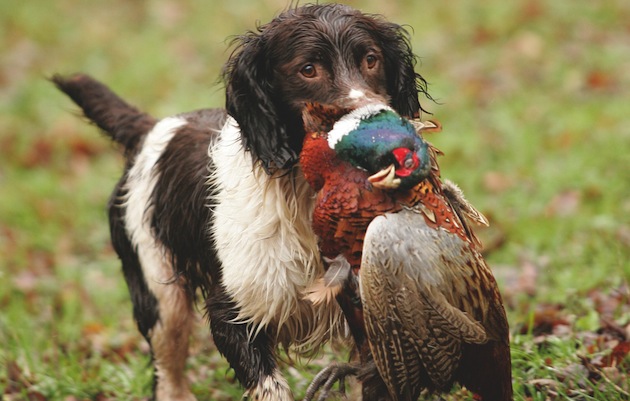
Good looking, fast flying, delicious as well as easy to rear, tough and adaptable. The pheasant comes in a perfectly designed package. Like anything that’s relatively trouble-free, we don’t think about it much. So are we in danger of taking the pheasant for granted?
An exotic alien
We expect it to thrive and provide good sport wherever we release it. But we forget that it’s really an exotic alien that has never occurred in a natural state closer than 1,000 miles to our shores.
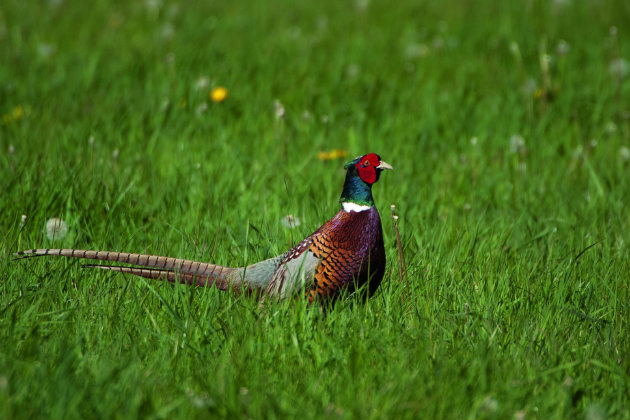
The go-to bird for many shoots, the ringneck is a large and powerful pheasant that deserves Guns’ respect
The pheasant’s scientific name is Phasianus colchicus
It’s thought that the Romans brought the pheasant to Britain and the Roman villa at Woodchester in Gloucestershire shows a recognisable ringneck pheasant. However, the earliest documentary evidence dates back to about 1177, suggesting that the first birds were introduced during the early part of the reign of Edward the Confessor (1042-1066).
The different varieties of pheasant
There are around 30 recognised subspecies of pheasant, with names such as the Prince of Wales’s pheasant and the Sungpan pheasant. Though each of these races is isolated geographically in the wild, they will readily interbreed if given the chance. The birds we know today are a virile hybrid mixture, with the grey rump and distinctive white neck ring coming from Chinese birds, while the so-called old-English birds are black-necked with a purple-red rump.
Semi-domestication of the pheasant has led to the development of a number of distinctive breeds. The Michigan blueback, for example, isn’t a native of the US, but a bird that has been selectively bred there for its flying ability. Similarly, the so-called jumbo ringneck pheasant is another American domestic bird. As its name suggests it’s very large (up to 6lb), and has been bred for the table rather than shooting.
How to keep your pheasants close to home
October is a month that will test the nerves of the best of us. The birds we have looked after…
Heavyweight and lightweight pheasants
The jumbo is the heavyweight of the pheasants, whereas the Japanese green is a light, agile and fast-flying bird. Many authorities grant it full specific status as Phasianus versicolor, while others regard it as no more than a race of the common pheasant. Full species or not, it will readily hybridise with its mainland cousins, and produce fertile offspring. In Japan it is widespread and the national bird.
100 years in the making
The pheasant became our most important gamebird over a century ago.Its rise was quite sudden, mirroring the development and refinement of the breechloading shotgun.
- In his 50-year shooting career, spanning the period 1802- 1853, the redoubtable sportsman Colonel Peter Hawker bagged 7,035 partridges (all of which would have been greys), but a mere 575 pheasants.
- It wasn’t until the early years of the 20th century that big battues became not only accepted, but popular largely because of the enthusiasm of King Edward VII. It is rumoured that he took up shooting because he was too fat to go hunting.
- There are various claims for the record UK bag of pheasants shot, with the 3,824 birds shot at Warter Priory, East Yorkshire on 5 December 1909 rivalling the 3,937 shot at Hall Barn, Buckinghamshire, on 13 December 1913, achieved with a team of six Guns.
- Fortunately such enormous bags are no longer fashionable, but are a reminder of the huge numbers of birds that must have been reared and released before World War I.
- Hand-rearing pheasants in such great numbers required a considerable amount of labour, for the birds were all reared under broody hens.
- The big pheasant shoots were the preserve of the great sporting estates that could afford to employ the numerous keepers needed to work in the rearing fields.
Changes in pheasant rearing
Things changed in the second half of the 20th century. The then Game Conservancy helped to perfect the art of hatching eggs in incubators and rearing the chicks under brooders. Work was also done on releasing poults successfully into the wild.
An adaptable bird
- The pheasant can be found throughout the British Isles, and is only absent from the northwest of Scotland, the Outer Hebrides and Shetland.
- It’s as happy on the humid shores of the Black Sea as it is on the arid central Asian steppes.
- In China it can be found at higher than 10,000ft.
- Some populations survive in areas where winter temperatures remain well below zero for weeks.
So how big would the British population be without annual releases? If releasing stopped, the pheasant would quickly disappear from the uplands and places such as Exmoor. There would probably also be a sharp reduction in the population density in all but the most favourable parts of the country. However, the pheasant is a survivor, and it would be unlikely to disappear from our countryside.
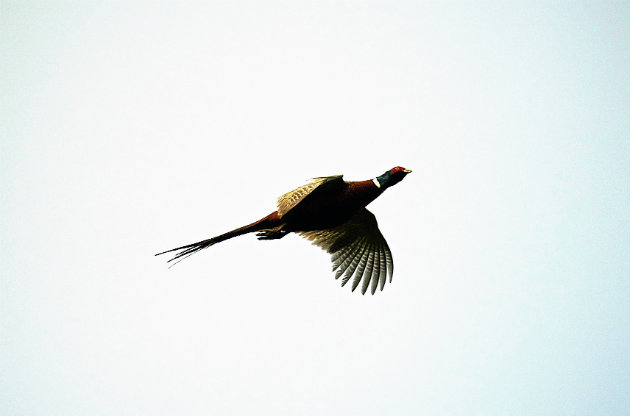
Do your homework on the breed of pheasant you will be shooting – they are all different
Pheasant Facts and Figures
- Dominant cock pheasants have harems of anything from two to six or more hens. But sub-dominant cocks rarely get the chance to mate.
- The crowing calls of individual pheasants differ from each other in pitch and tempo.
- Cock pheasants have nothing to do with either incubation or rearing the chicks.
- Wild hen pheasants lay a clutch of between eight to 14 eggs, though clutches of up to 17 are not exceptional. The incubation period is around 23-24 days, with the chicks all hatching at once (synchronous hatching).
- Pheasants fly at 60mph. Partridges can reach speeds of about 40mph
- There are around 50 species of pheasants in the world. These include the junglefowl, the ancestor of the domesticated chicken.
- A pheasant’s short and rounded wings allow rapid acceleration, but are not suited to sustained flight, so pheasants are non-migratory.
- A characteristic of all the pheasants is that the males have specialised ornamental plumage (unlike partridges, quails and francolins).
Related Articles
Get the latest news delivered direct to your door
Subscribe to Shooting Times & Country
Discover the ultimate companion for field sports enthusiasts with Shooting Times & Country Magazine, the UK’s leading weekly publication that has been at the forefront of shooting culture since 1882. Subscribers gain access to expert tips, comprehensive gear reviews, seasonal advice and a vibrant community of like-minded shooters.
Save on shop price when you subscribe with weekly issues featuring in-depth articles on gundog training, exclusive member offers and access to the digital back issue library. A Shooting Times & Country subscription is more than a magazine, don’t just read about the countryside; immerse yourself in its most authoritative and engaging publication.



